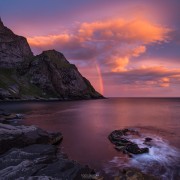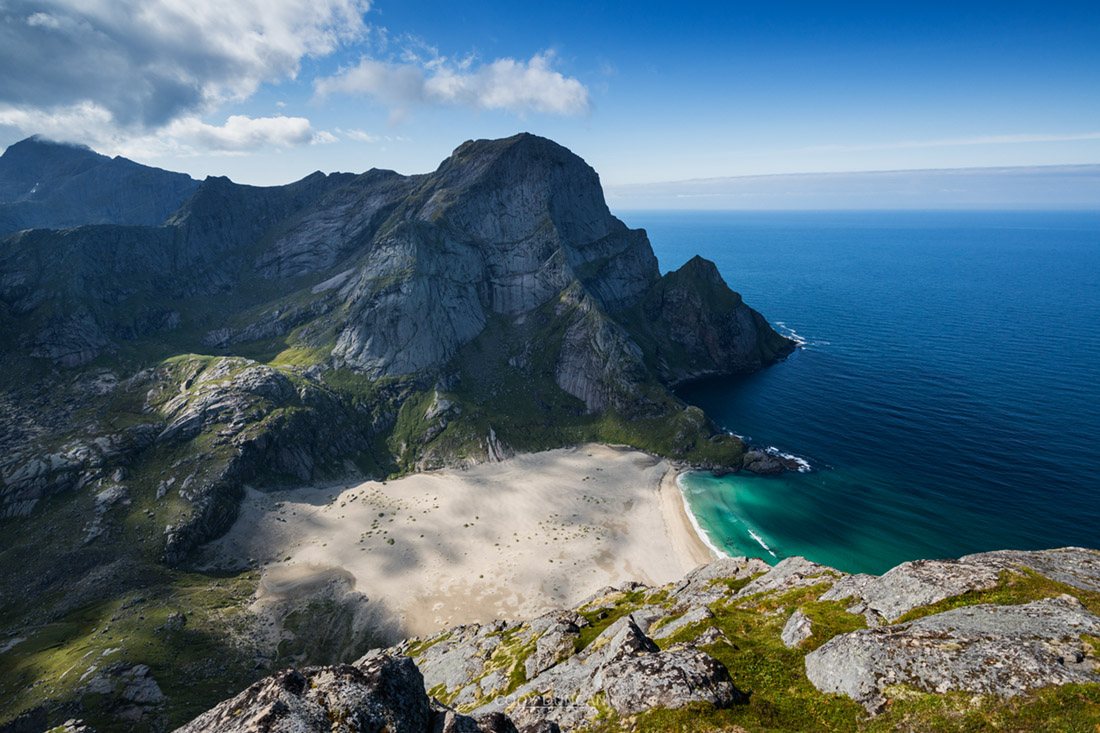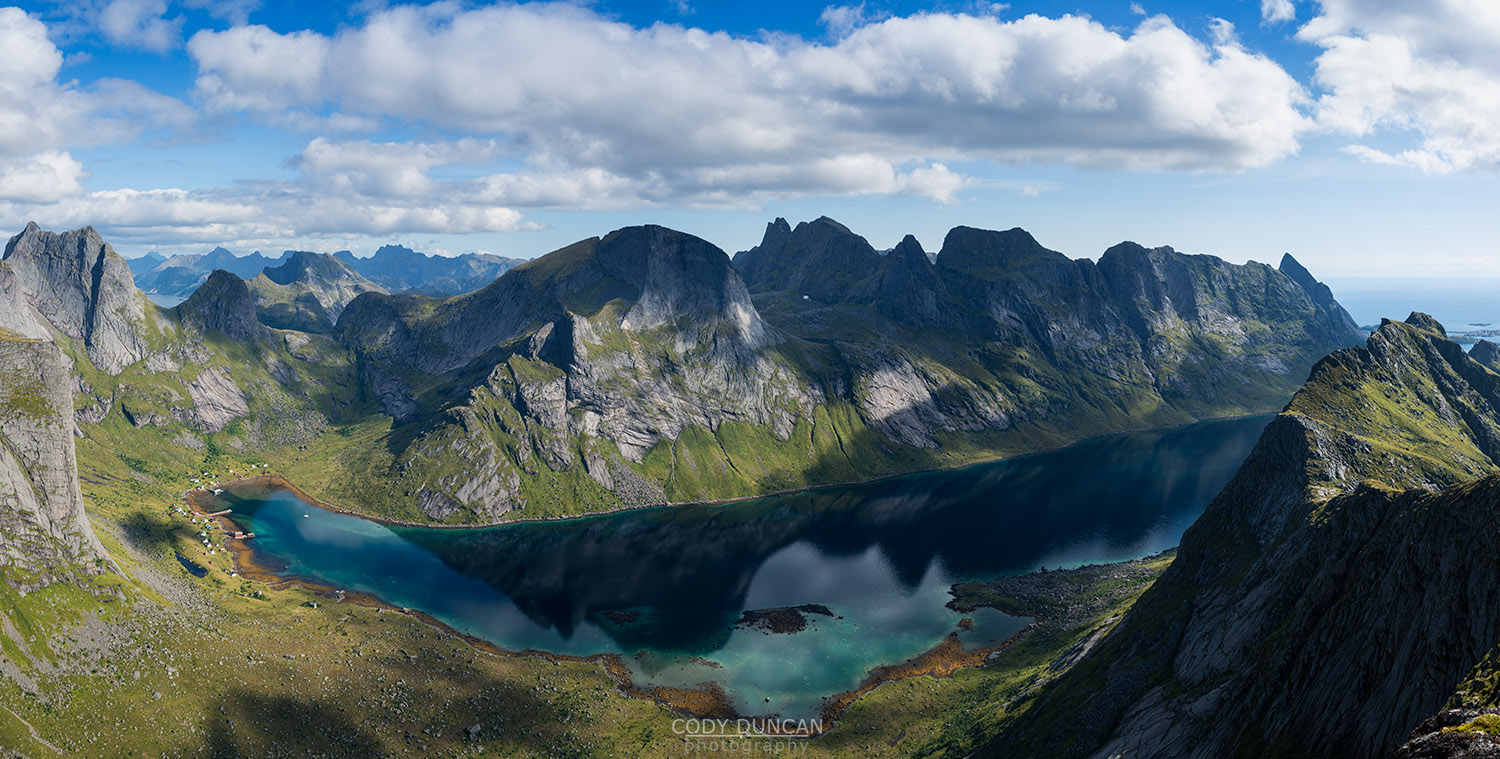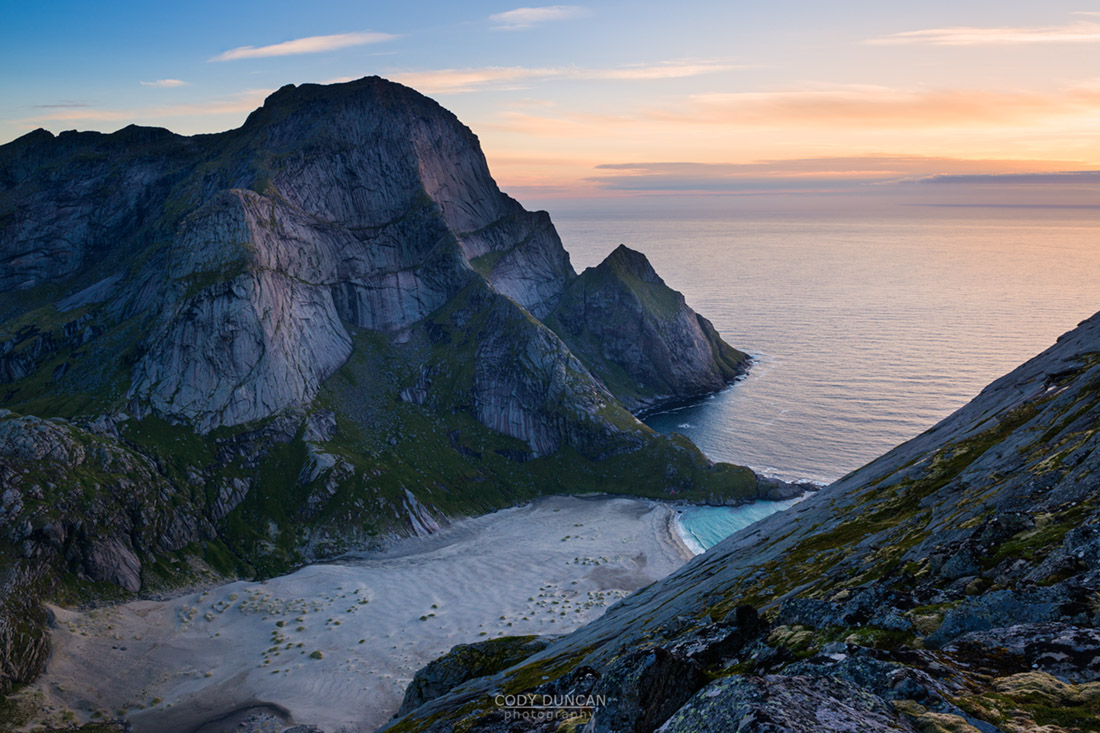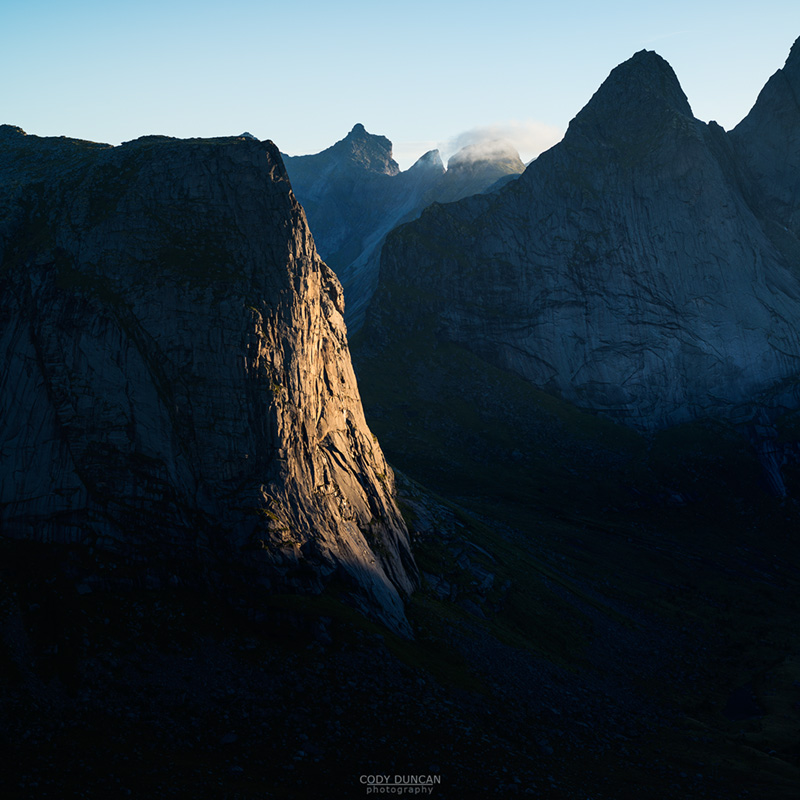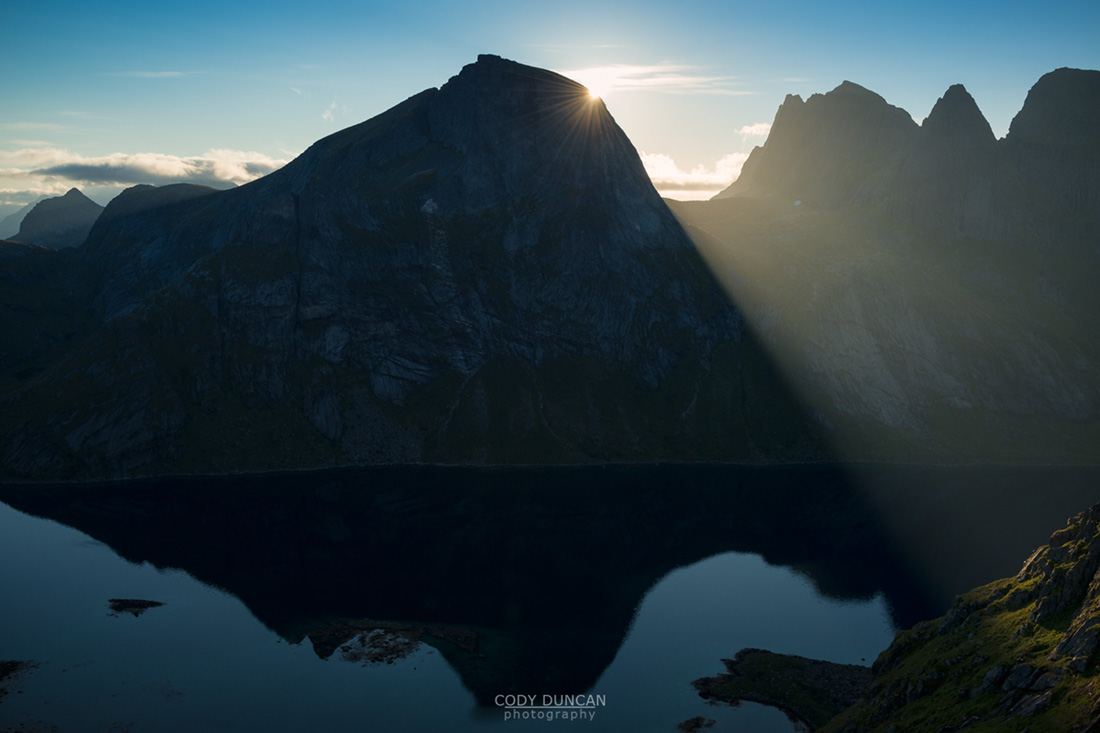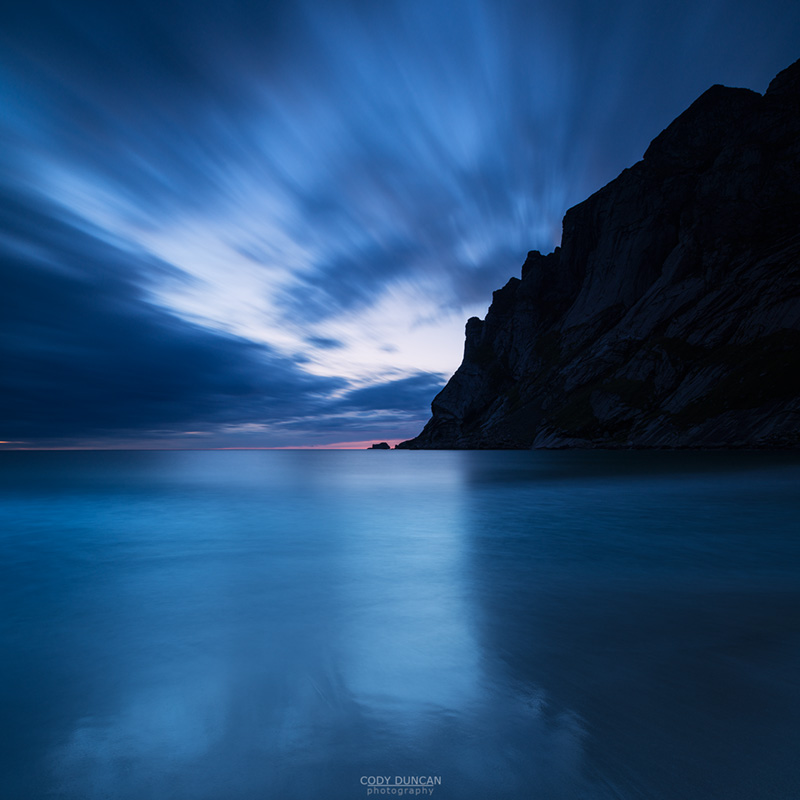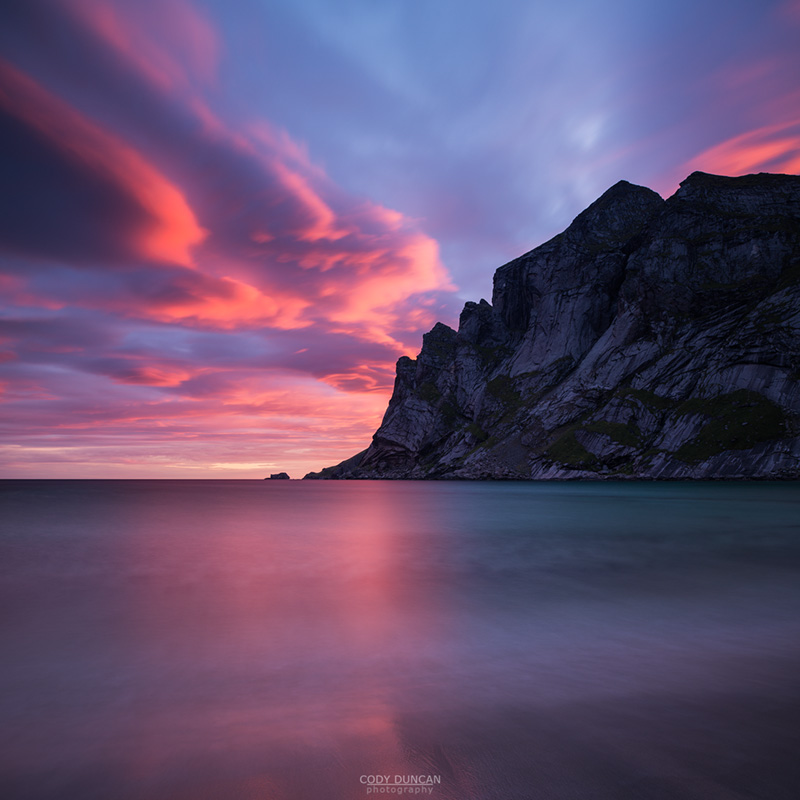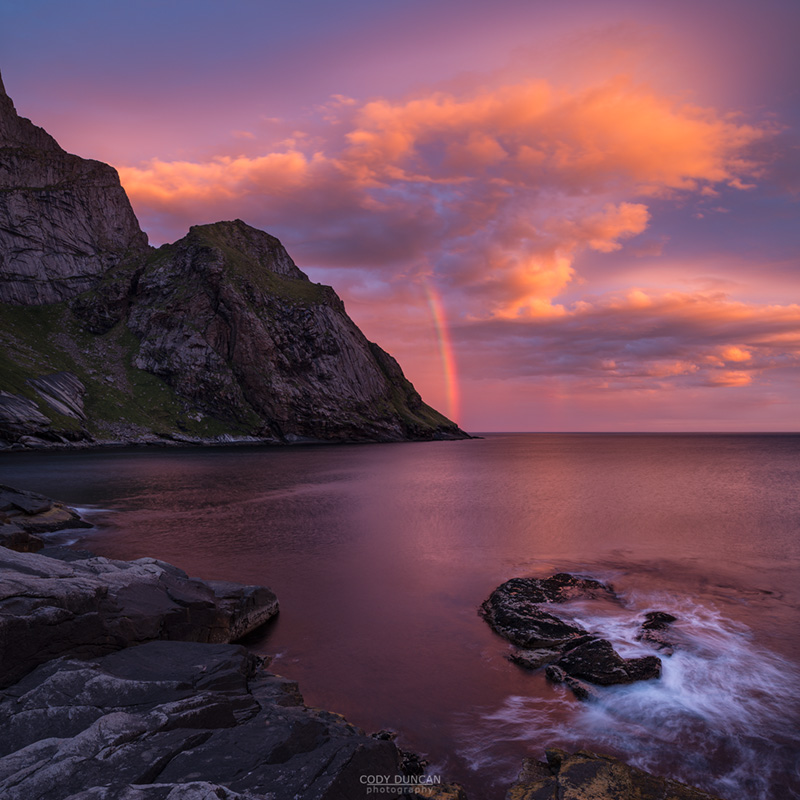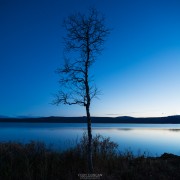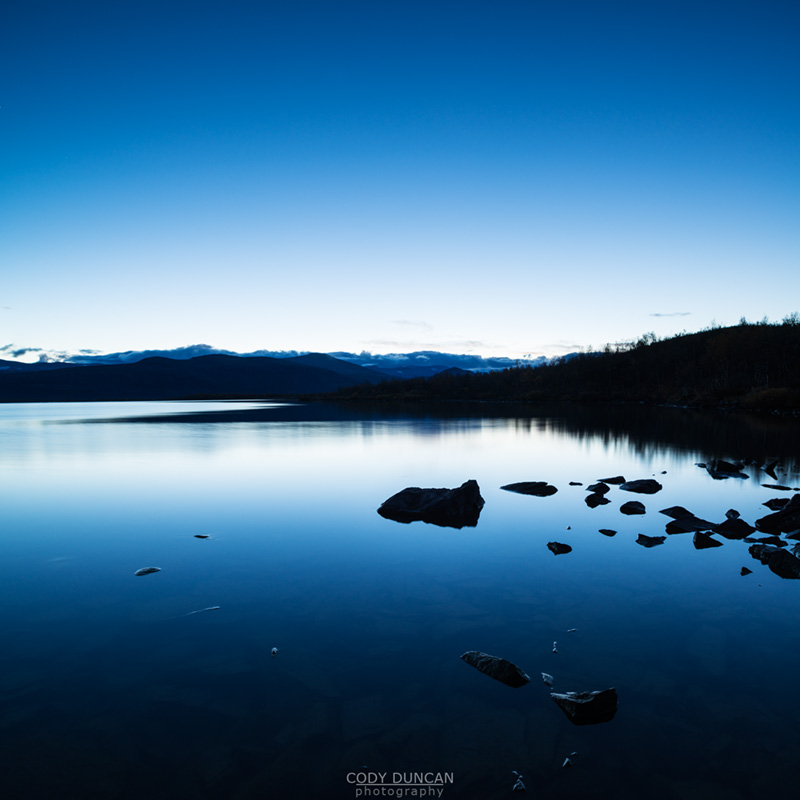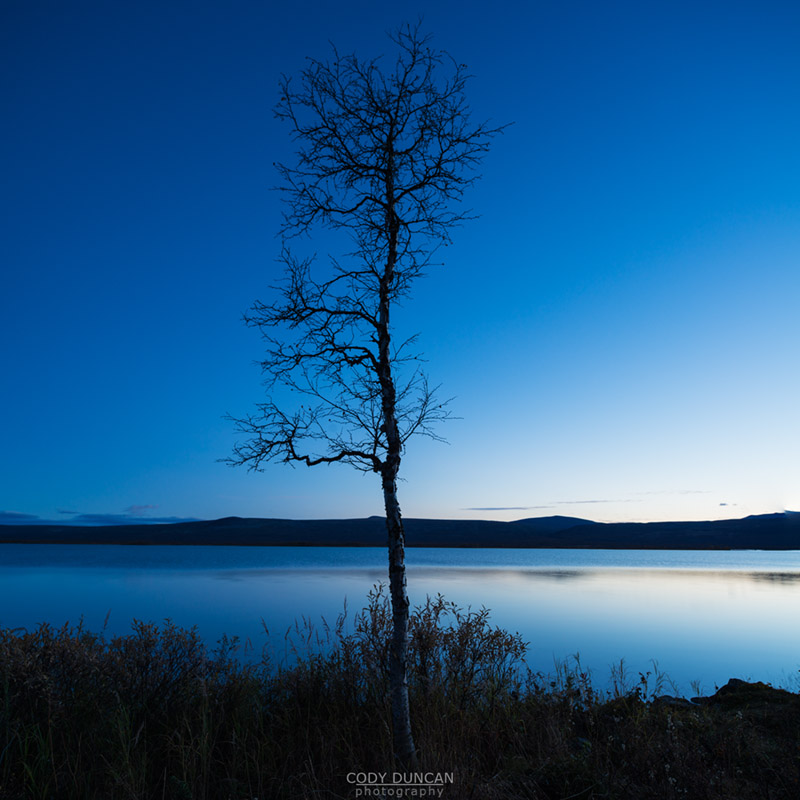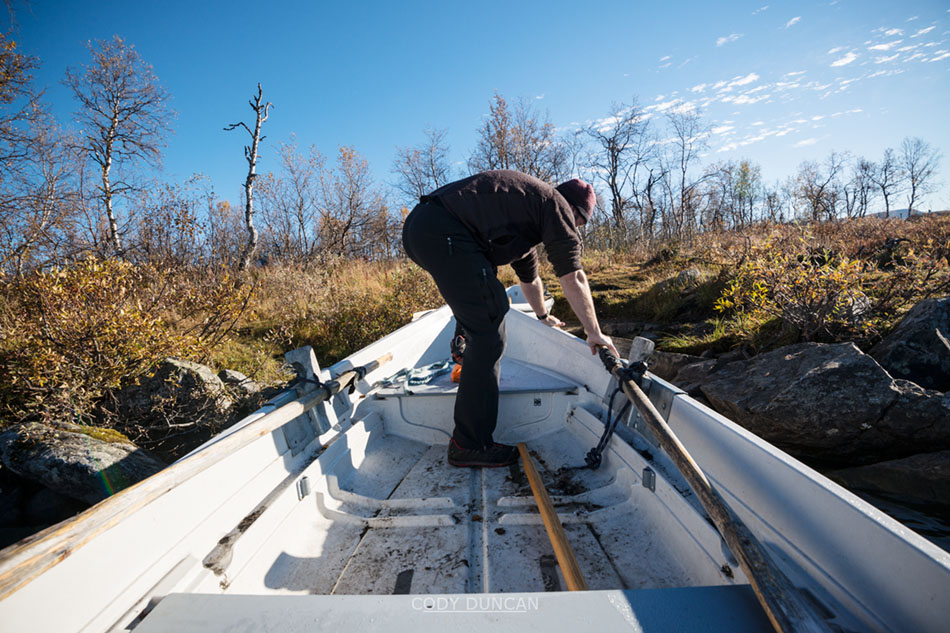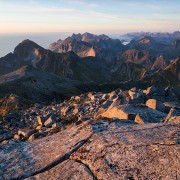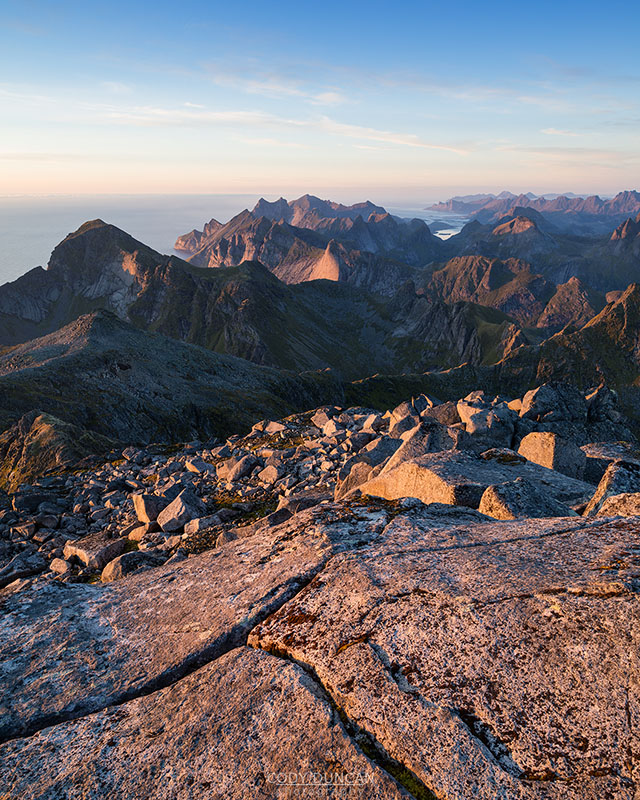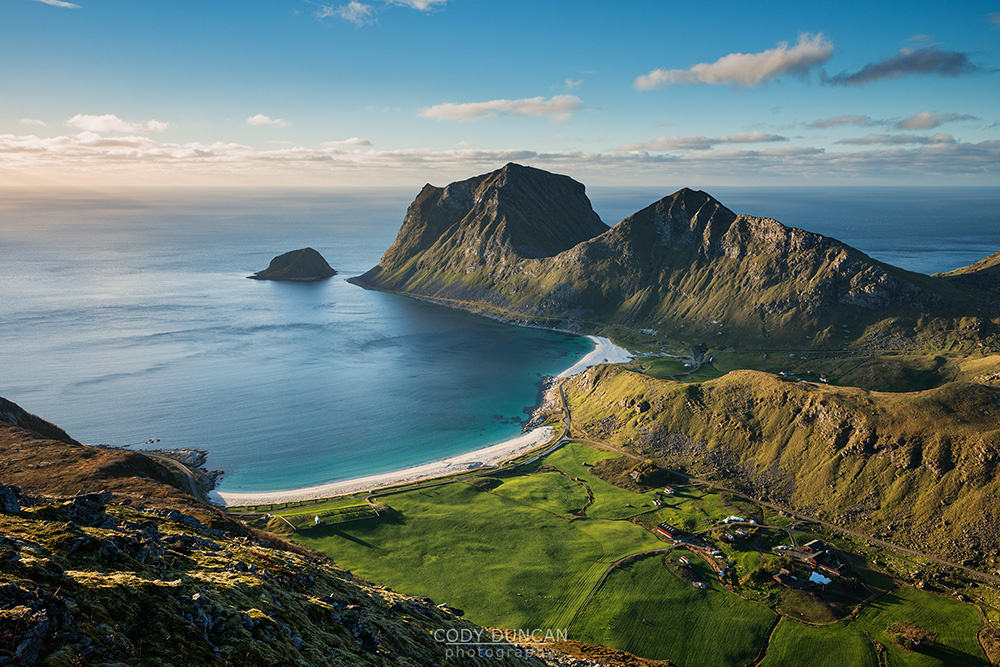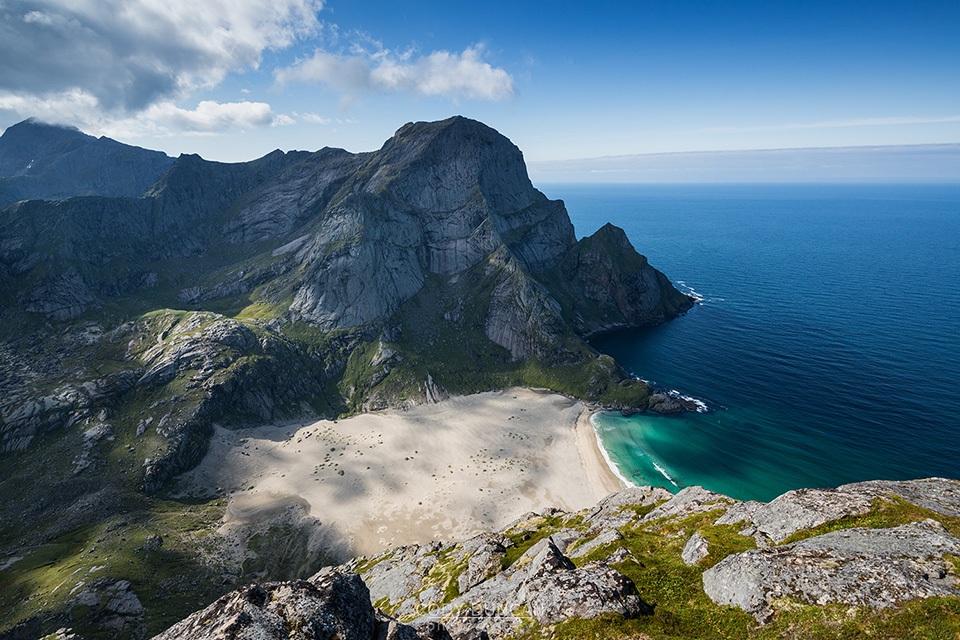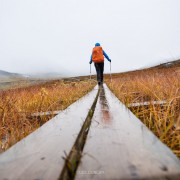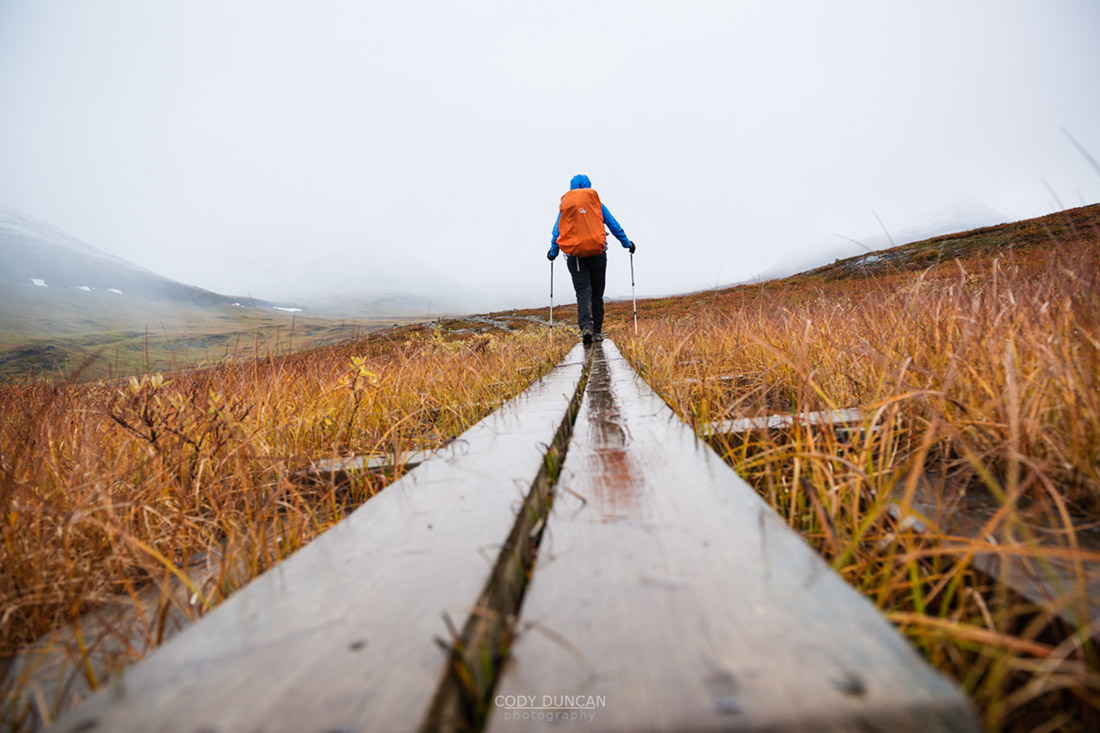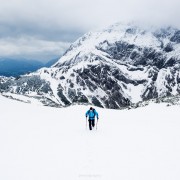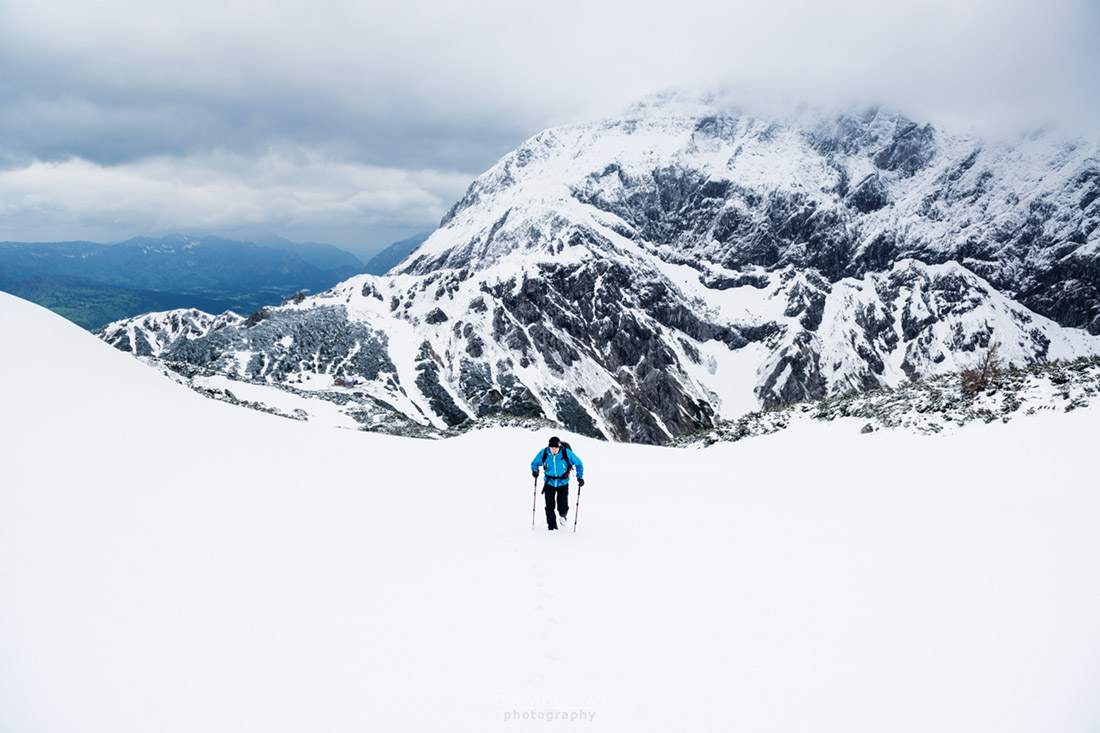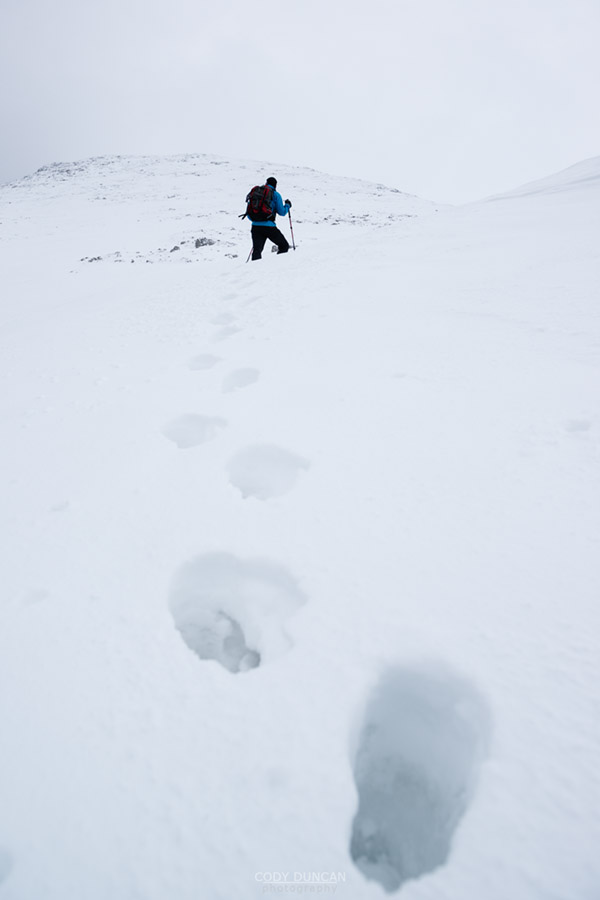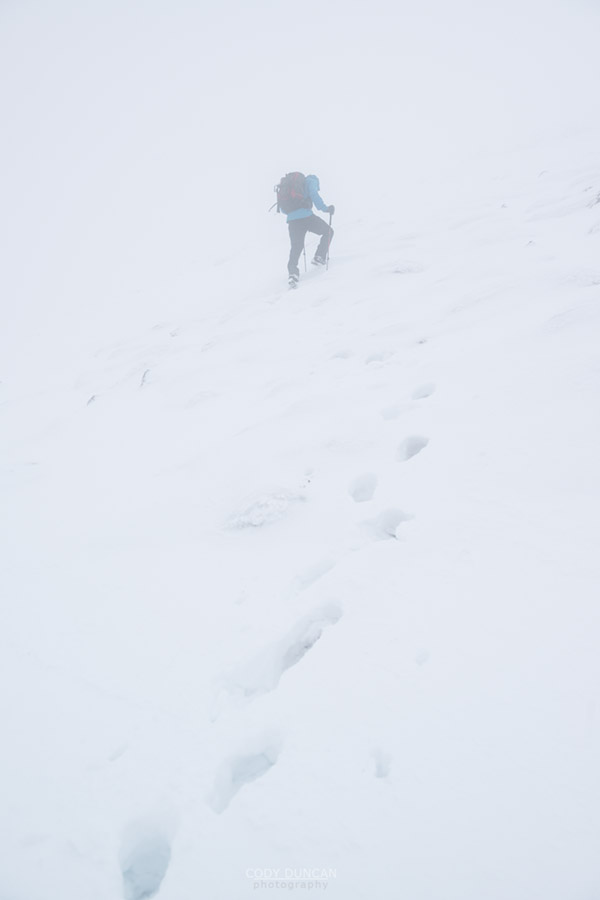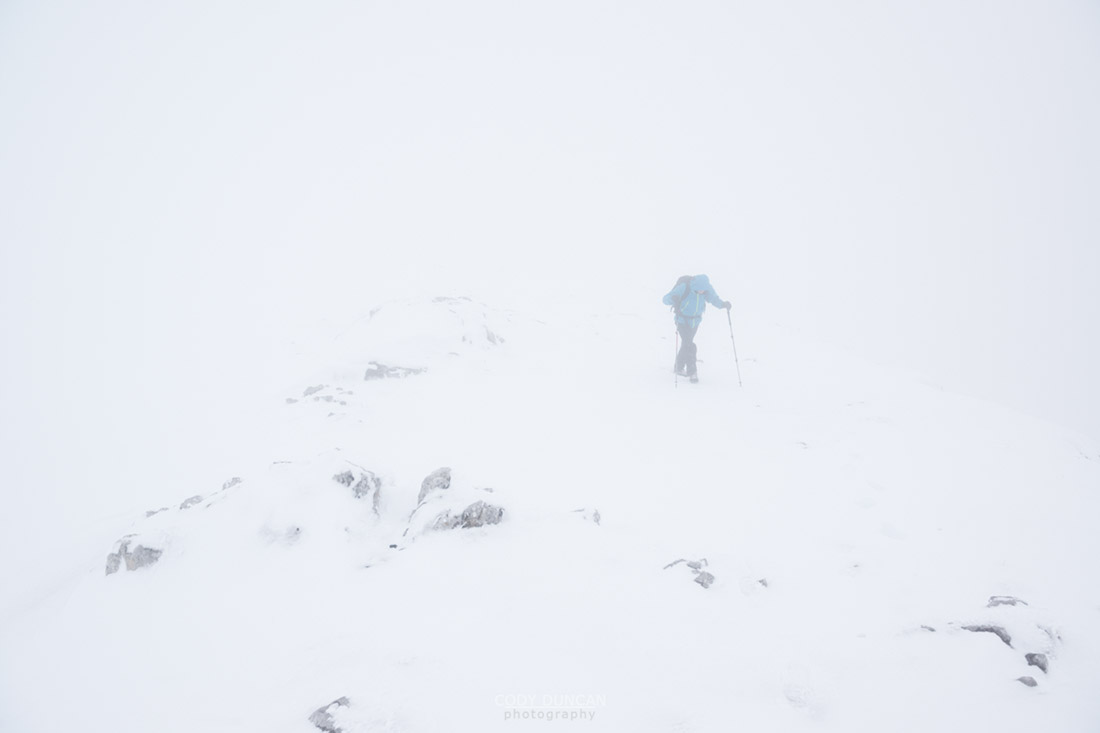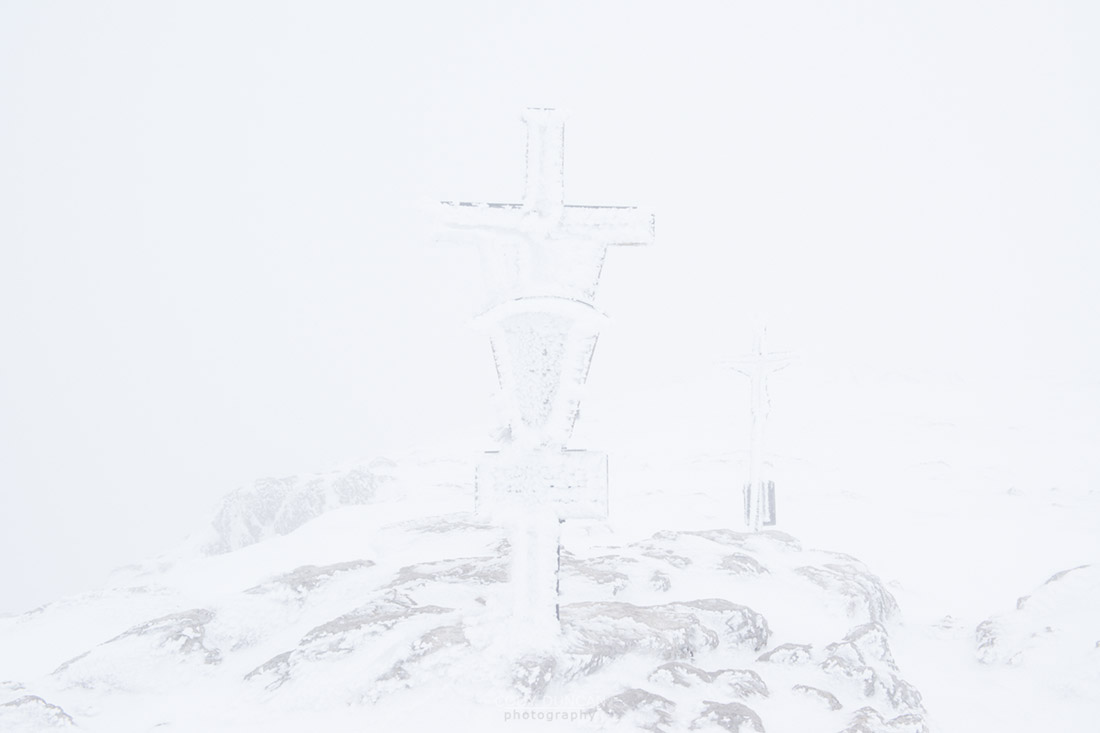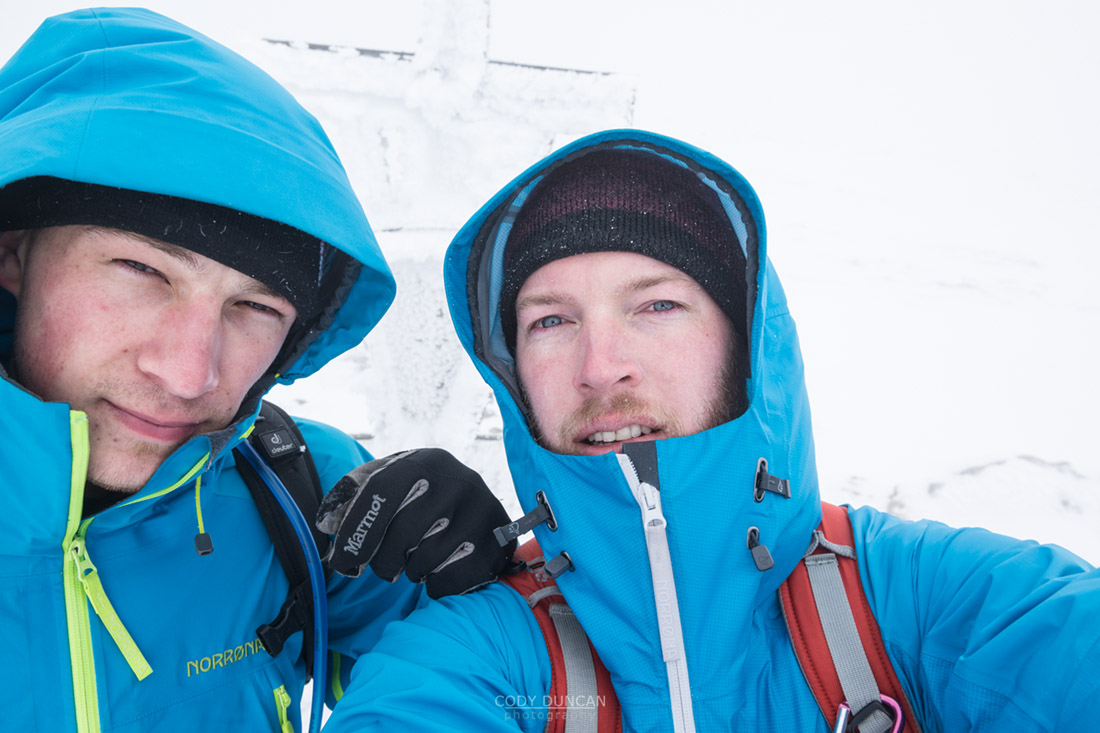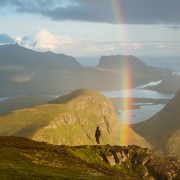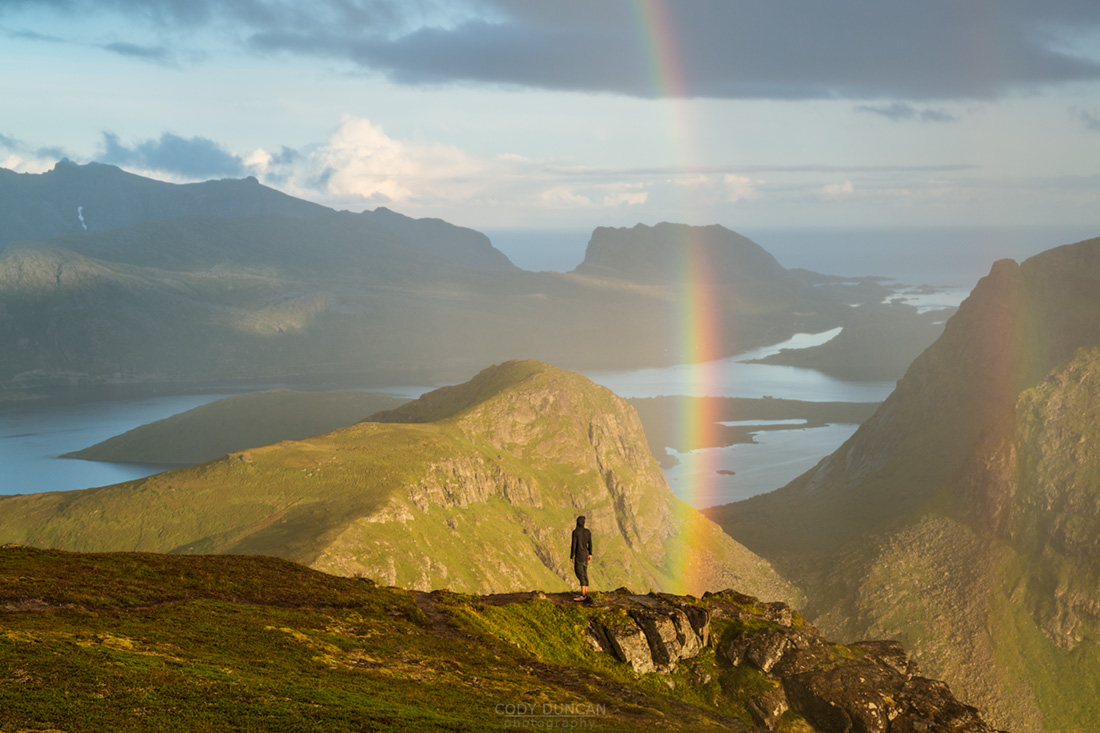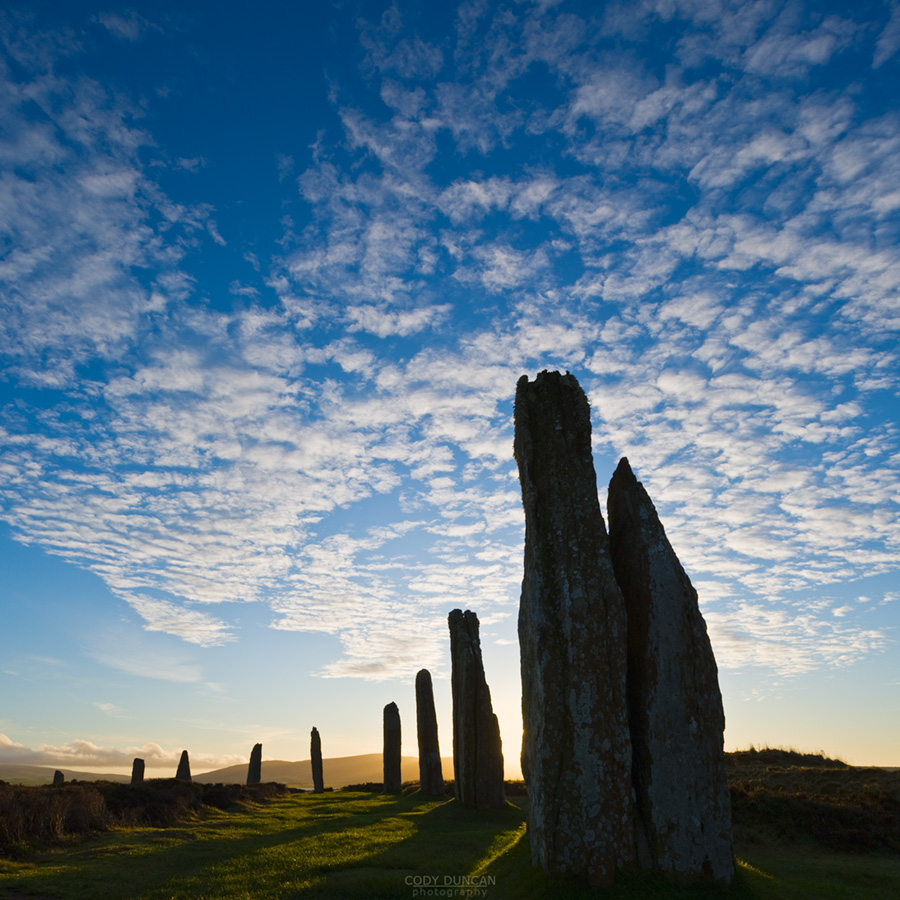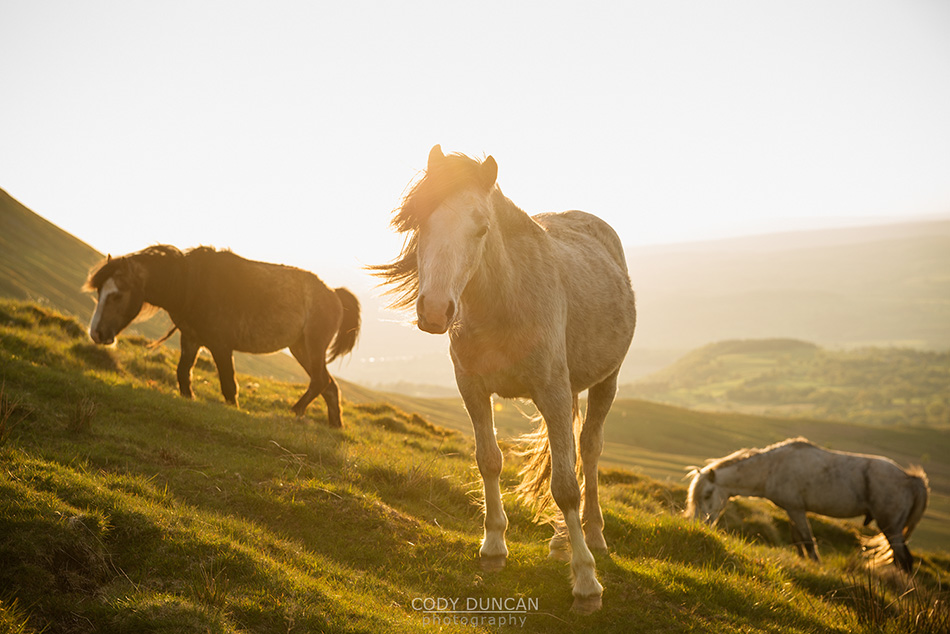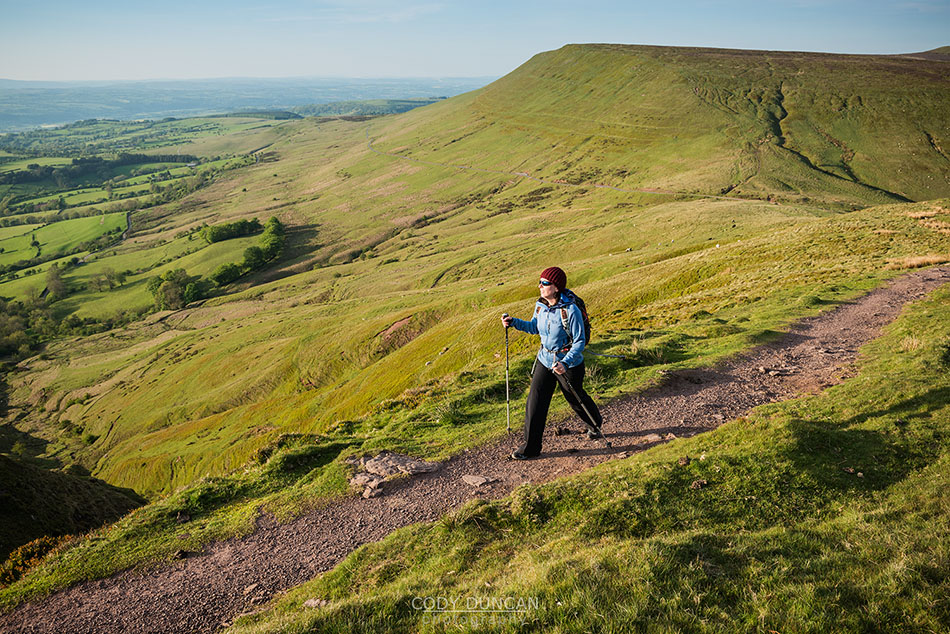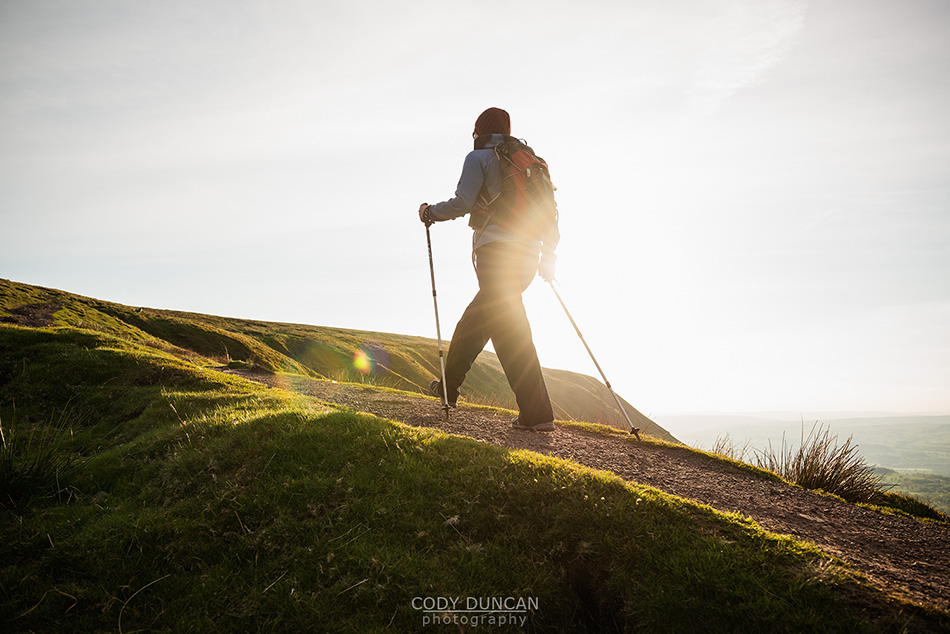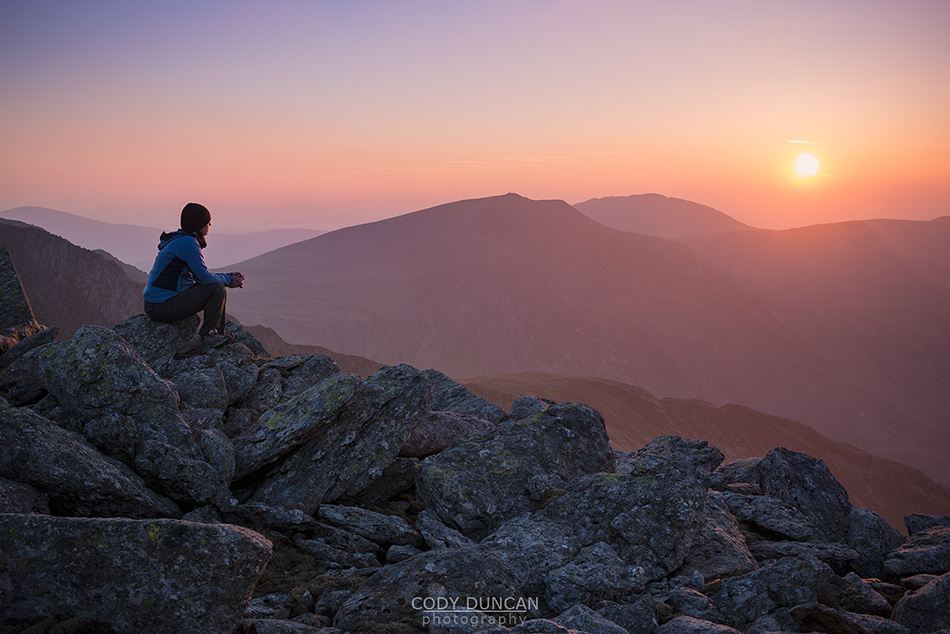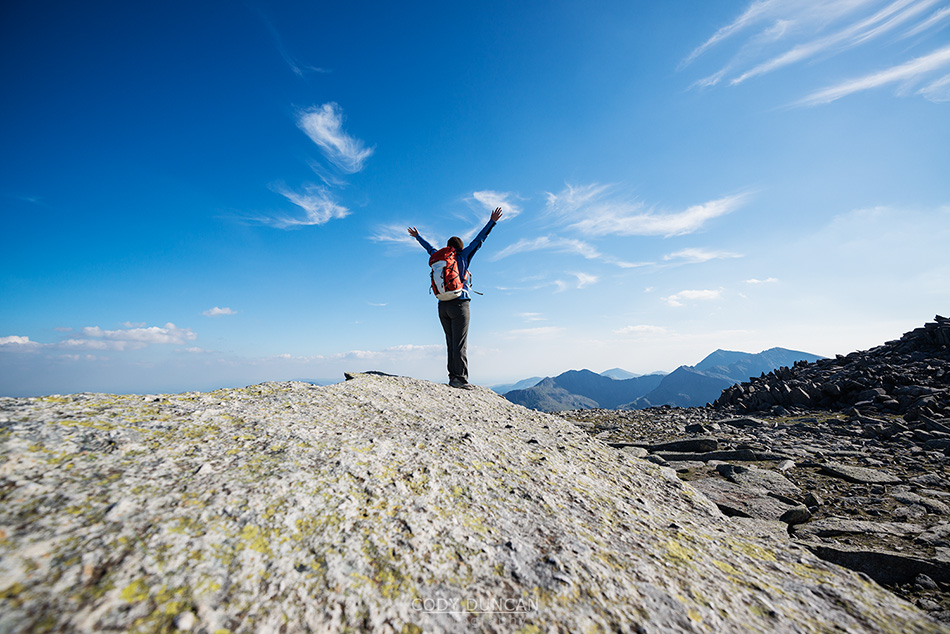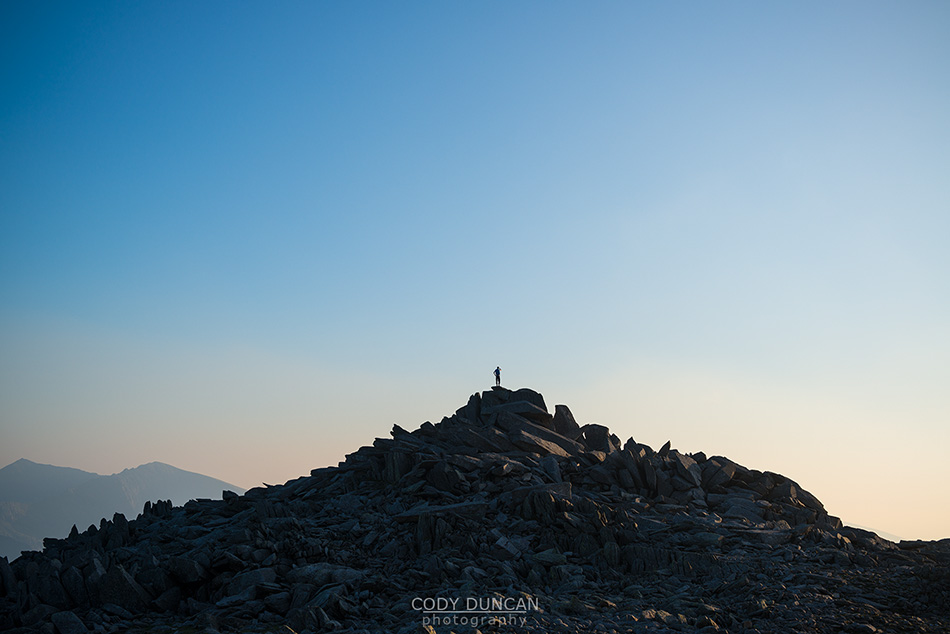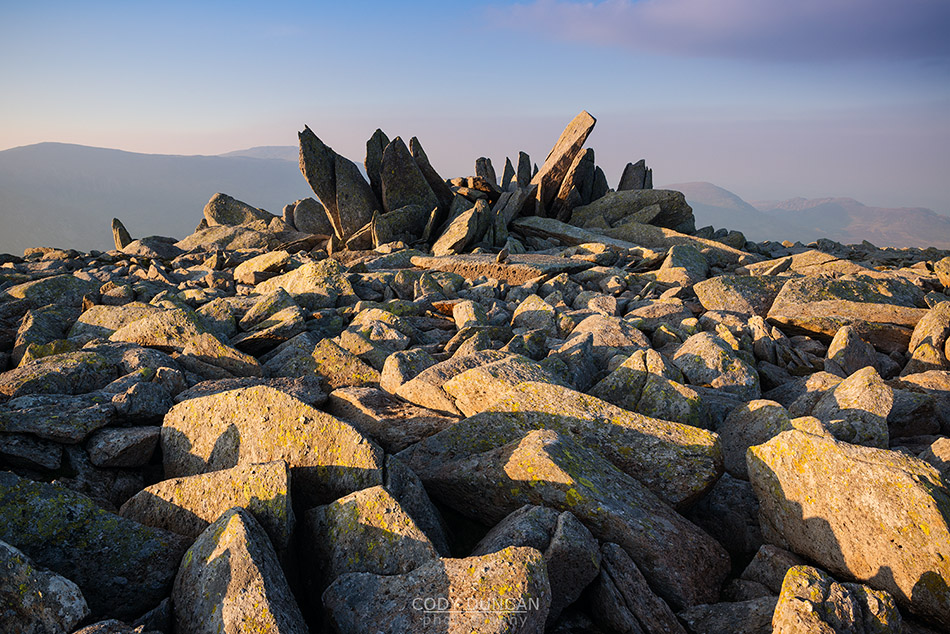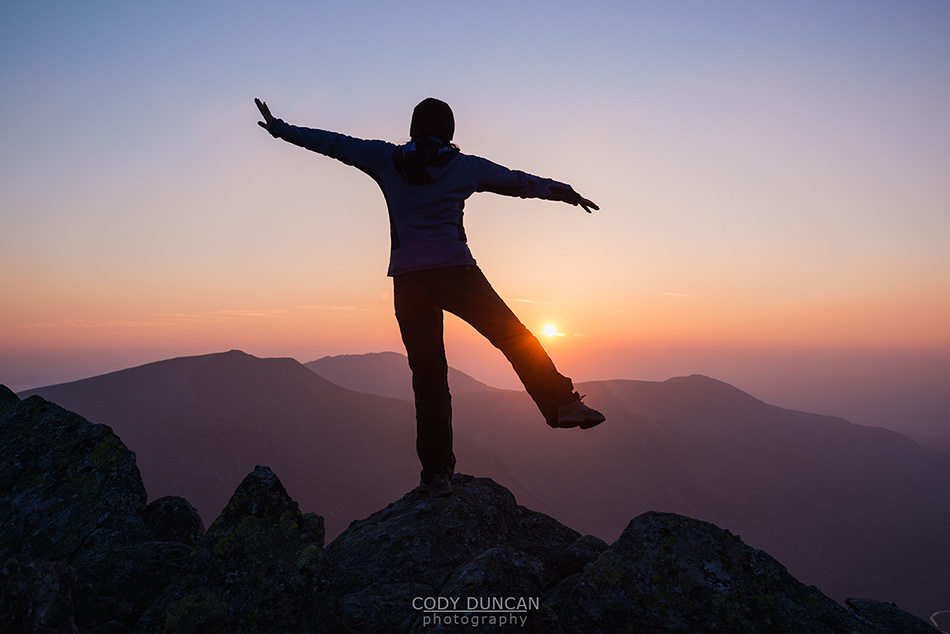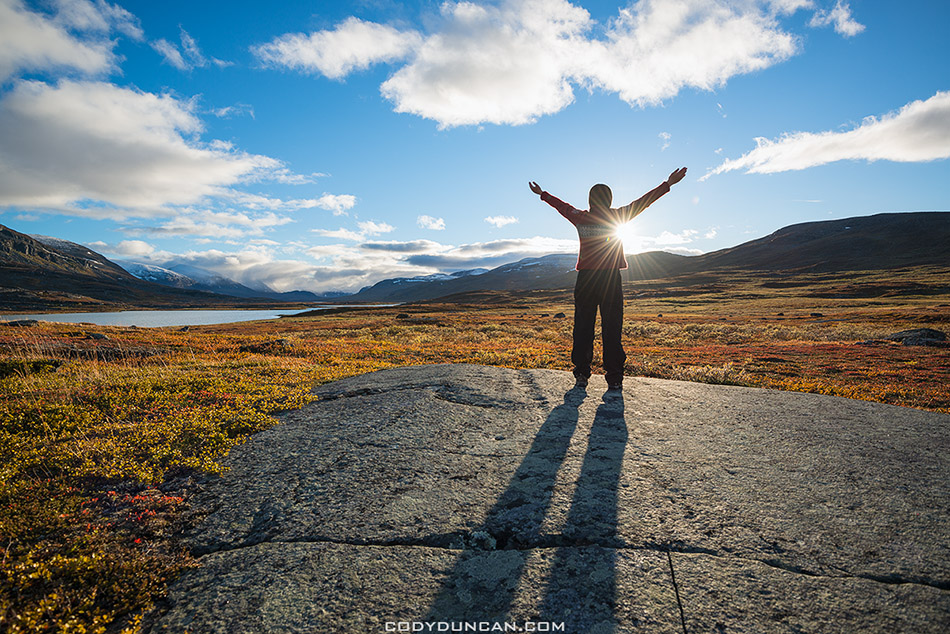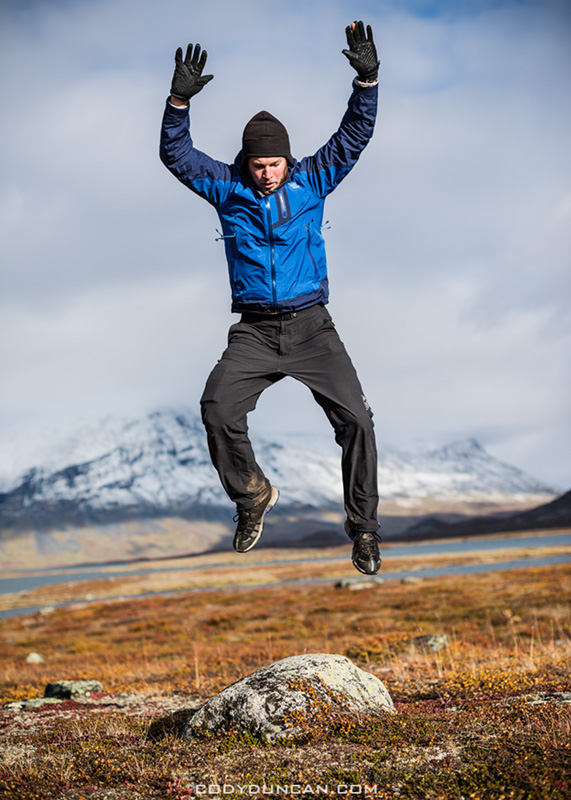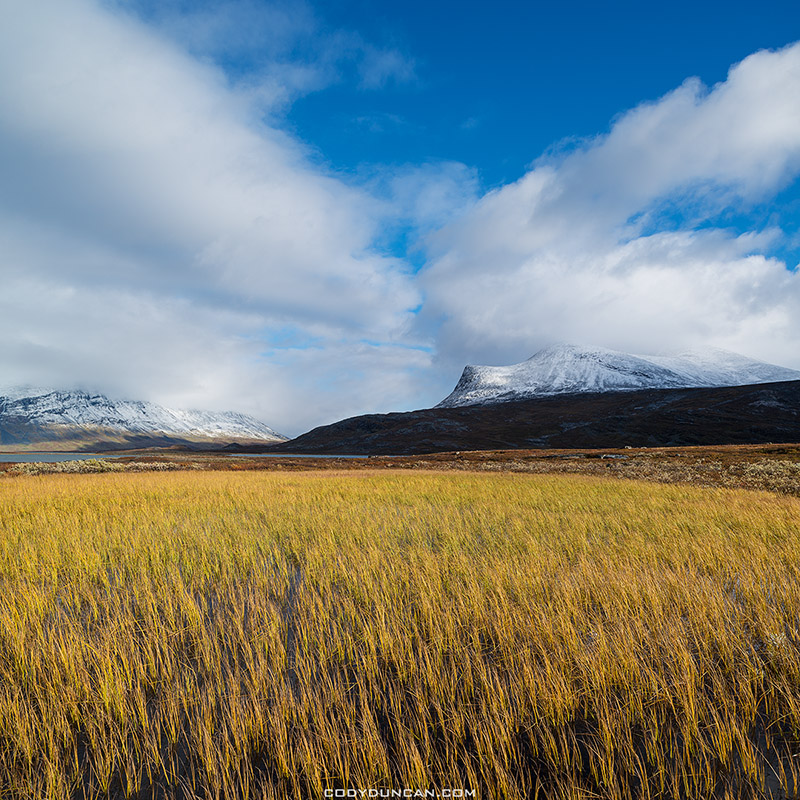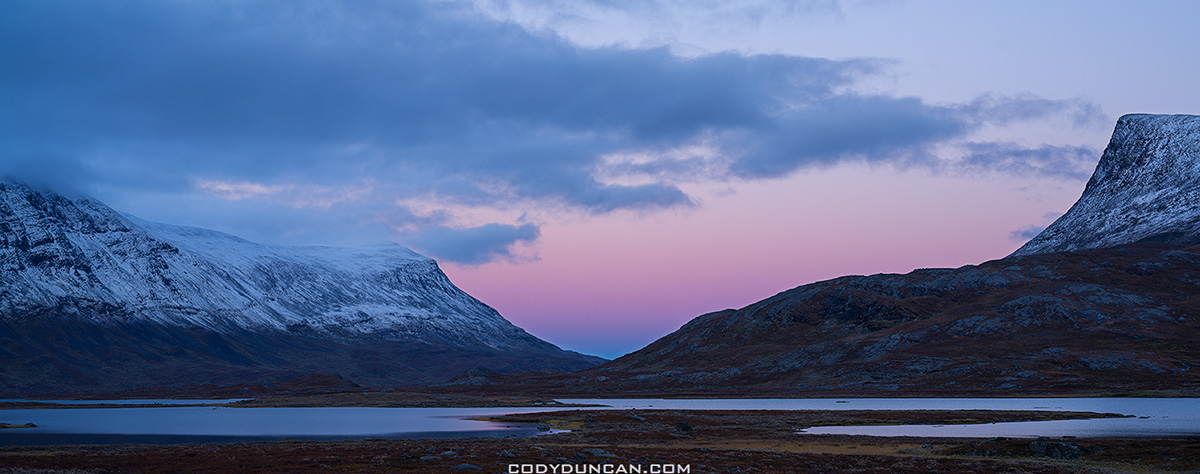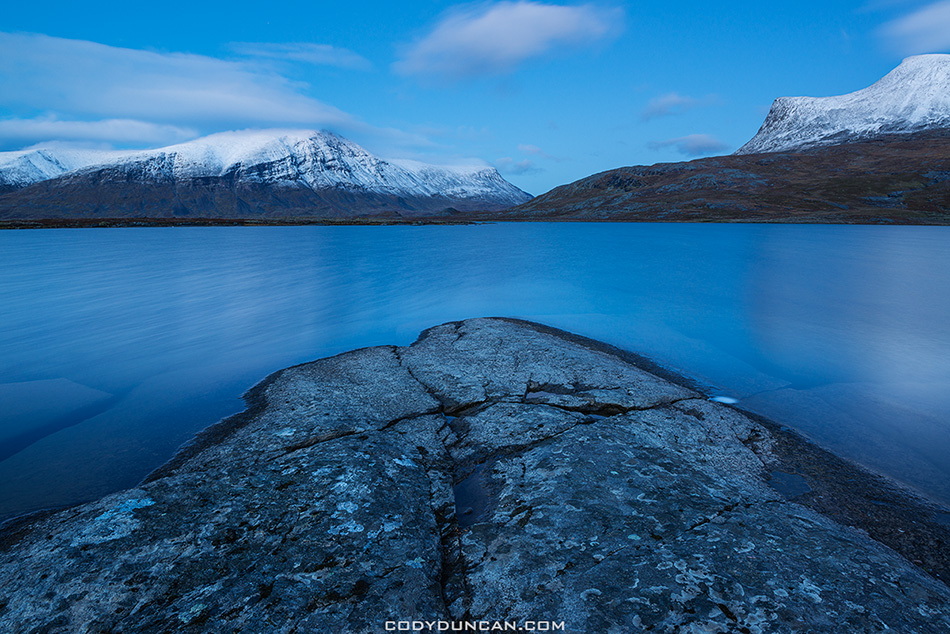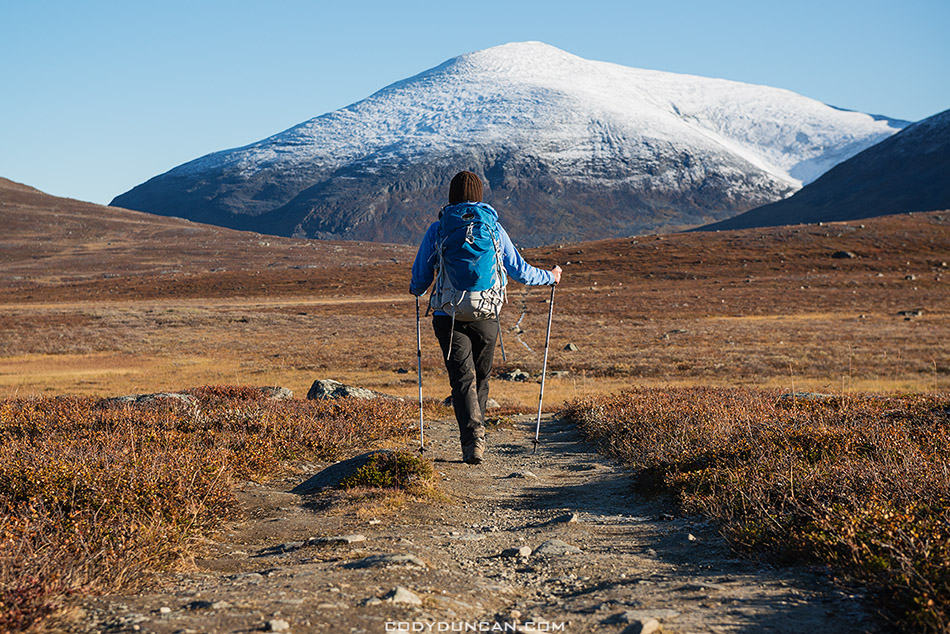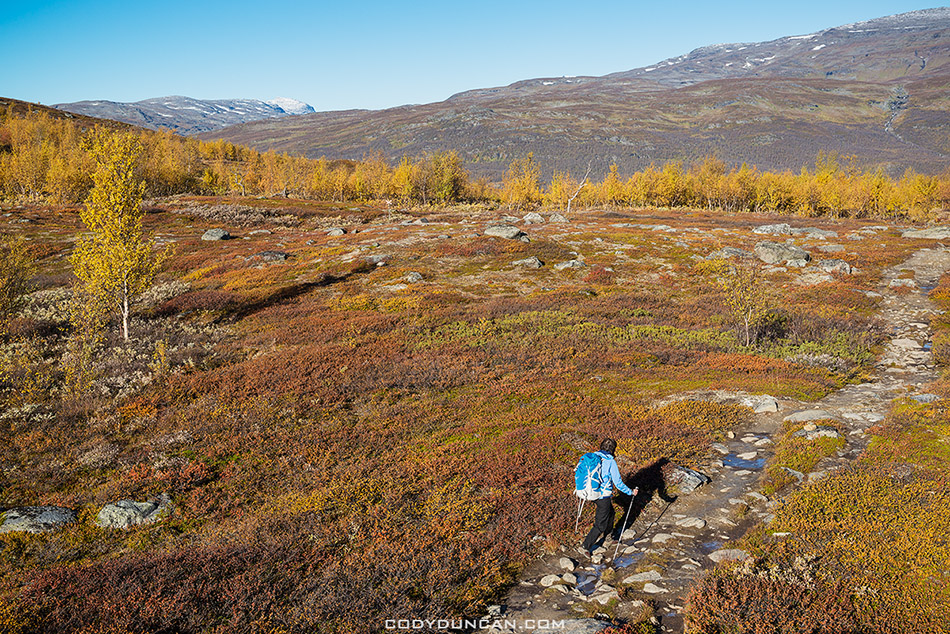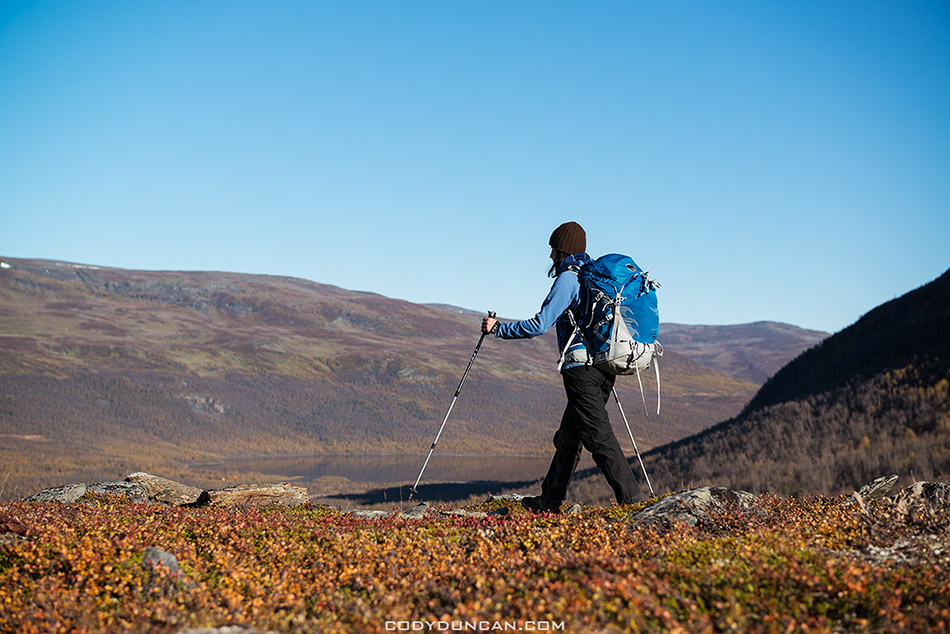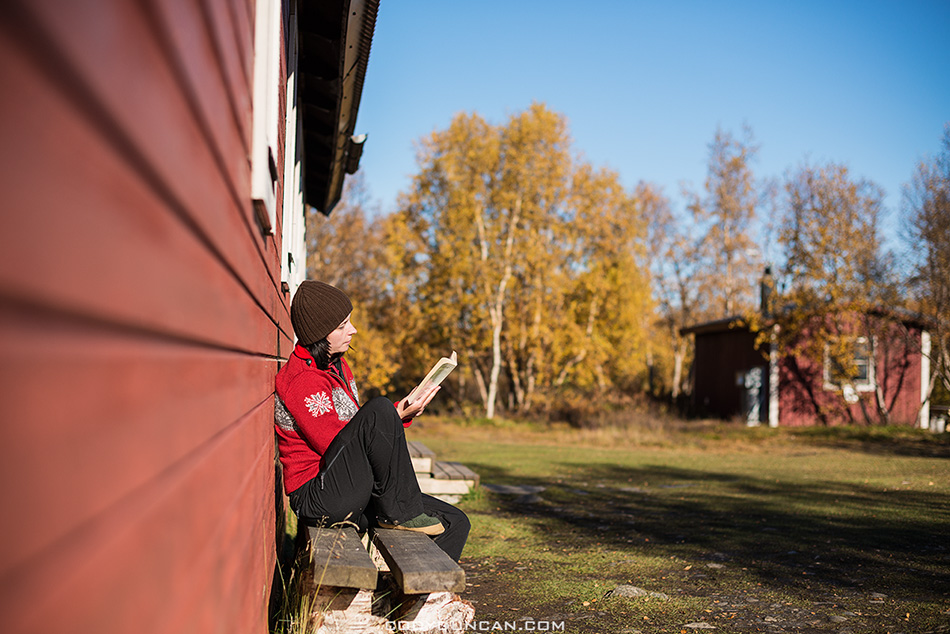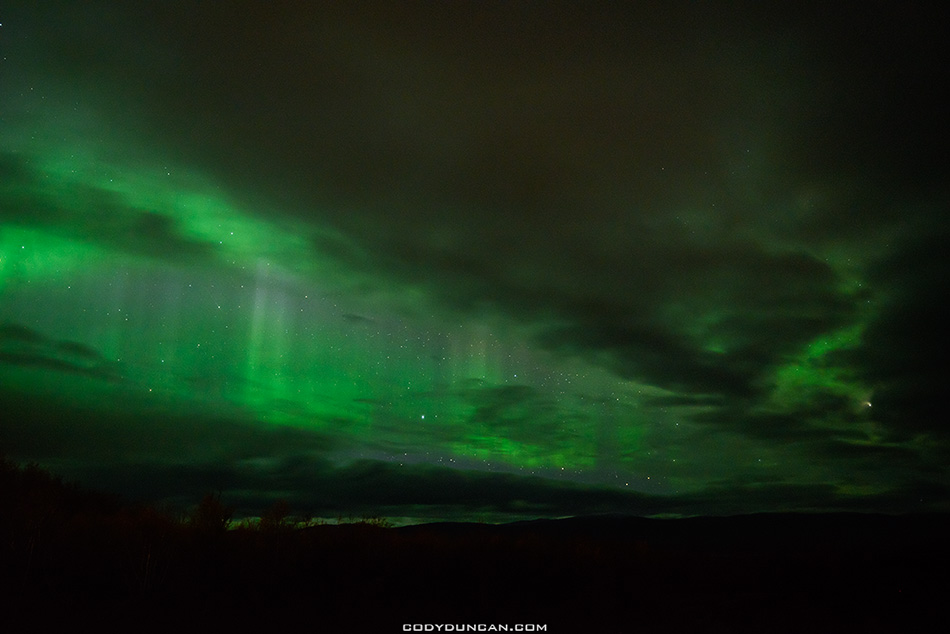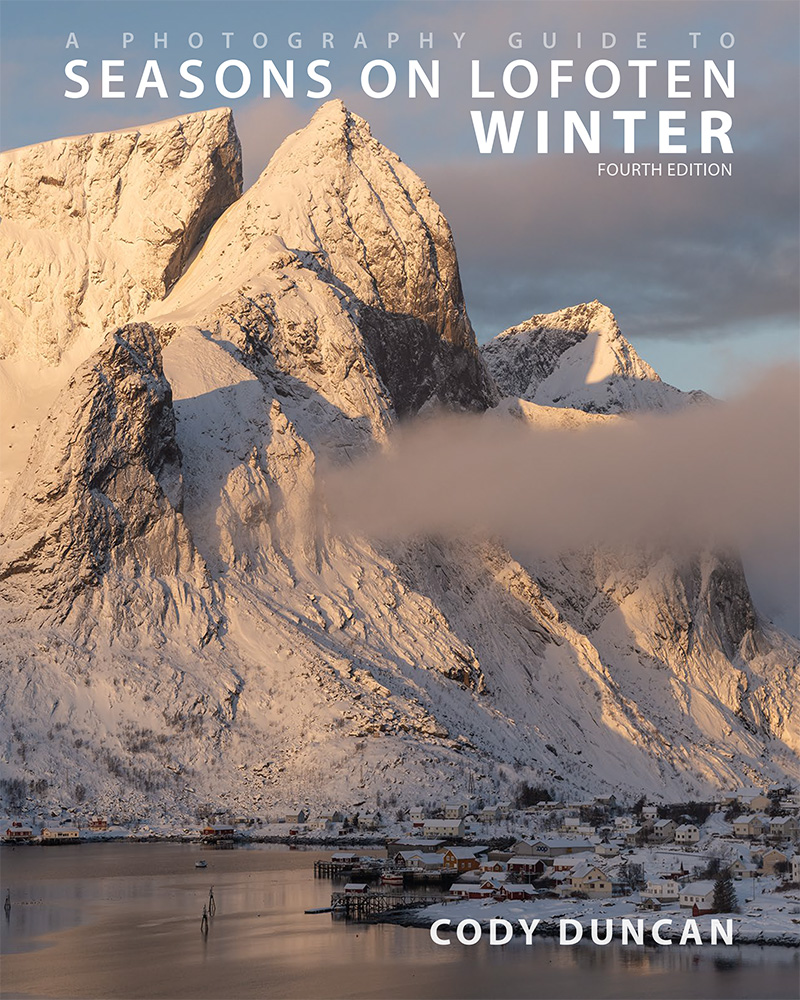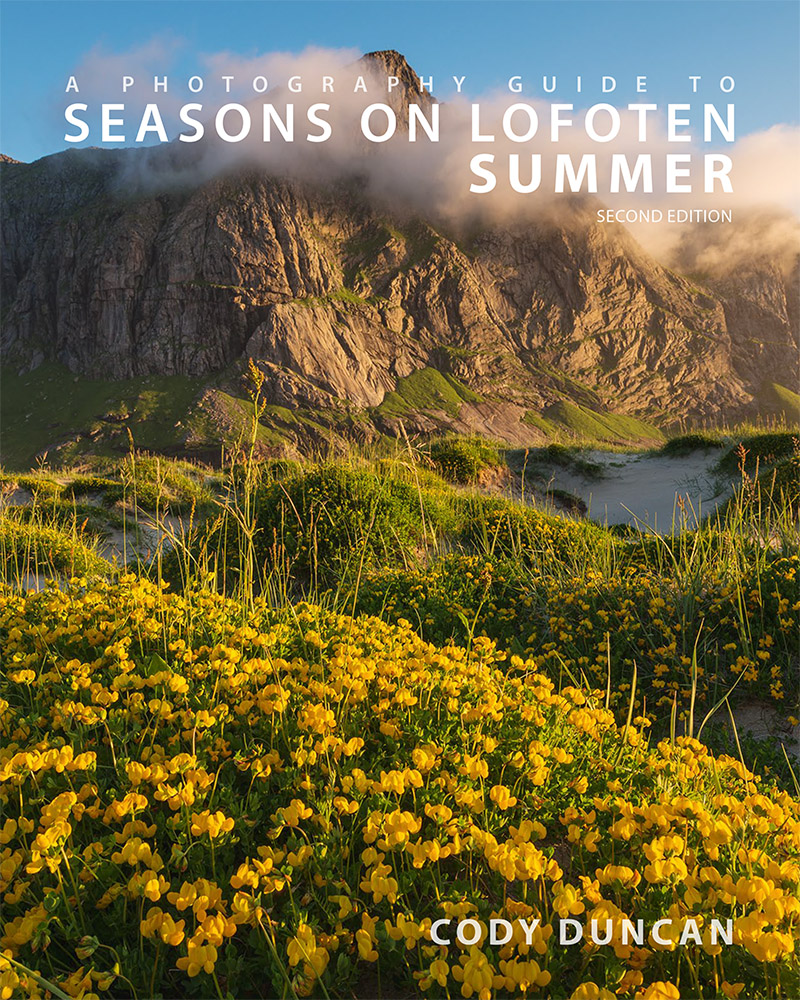Lofoten Islands Summer 2013 – Part 1 – Arrival
Photo: Bunes beach as seen from the summit of Helvetestinden, Lofoten Islands, Norway. August 2013
[This is part 1 of a multi-part series on my summer 2013 travels to Norway’s Lofoten Islands]
Perhaps sometime in the future the trip from California to Lofoten will be shortened, but for now it remains a nearly two day journey. I can’t help but feel that there’s something slightly masochistic about walking out the door on a Tuesday morning and not finally laying flat and properly closing your eyes until Thursday afternoon. But until I can move somewhere more convenient, this is my fate. Or maybe I just need to earn enough to fly business class, that would reduce the burden somewhat. But like any place that draws you, the journey is worth it…
The main delay in my travels is often the ferry connection from Bodø to Moskenes. For some reason I always arrive in Bodø in early evening, usually just missing a ferry and having to wait until the next. Though this time, knowing there is nothing in Moskenes at 04:00, I actually skipped the midnight sailing out of Bodø, choosing to wait until the 04:30 boat, which arrives at a more civilized 08:00. Really, unless you actually have a place to be at 04:30 or are with a car, it is more comfortable to wait in Bodø than in Moskenes. A lesson I have learned, more than once, the hard way.
In my normal fashion of travel to Lofoten, my plan was to ‘get there and see.’ I had several options in my head, all of which where dependent on the weather. The lazy person, and tired traveler in me, sometimes wishes for rain so I can conveniently hide away on a soft bed in Stamsund for a couple days to catch up on sleep. The photographer in me wants some dramatic light, while the hiker in me wants sunny blue skies. Blue skies with nice puffy white clouds I got.
Departing the ferry in Moskenes in perfect weather I now was down to two options from my to-do list: Hermannsdalstinden or Helvetestinden and Bunes and Horseid beaches. With my backpack feeling a bit on the heavy side, along with my head, I contented myself with the easier option of Helvetestinden. I managed to unusually quickly hitch a ride with a group of Polish and was soon in Reine. Now all I had to do was sit around for a couple hours for the next ferry boat Vindstad, my attention fixated on my watch and how many hours it had been since I actually got any sleep; somewhere around 38 hours by this point in the morning.
Summer crowds of tourists filled the boat on the wonderful day. Departing the boat in Vindstad, I was the first one making my way through the small village before finally leaving them further behind as I veered from the main trail and began the steep hike towards Helvetestind.
You can find the hiking route info for Helvetestinden – HERE
Photo: Kjerfjord seen from the hike up Helvetestinden, Lofoten Islands, Norway. August 2013
Sweating under the strain of my 25kg backpack in the hot sun, not something I get to complain about very often in Lofoten, I did my best to conserve the little water I carried, knowing I would have no chance to refill on the summit. To my surprise, there were a couple other groups of hikers heading up the mountain this day, including two british and even a fellow American, often a rare sight on Lofoten for some reason.
Not exactly sure of where to camp, I carried my backpack nearly to the summit before dropping it off as I reached a few steep rock steps that I wasn’t too sure I’d like to go back down with a heavy bag. I spent some time on the top and thought about camping up there, but the more sheltered spot lower down on the saddle of the ridge I had seen earlier seemed a safer option. And only a 15-20 minute hike back up, it wouldn’t be too bad the following morning for sunrise. Leaving with the others after 30-40 minutes at the top, I set up camp and pretty much fell asleep by two o’clock in the afternoon. Exhausted.
Photo: Evening twilight over Bunes beach, Lofoten Islands, Norway. August 2013
I headed back up the mountain in the evening, but the puffy white clouds of the afternoon had disappeared and a layer of sun-eating haze hung low on the northwestern horizon. And so it was back to my tent for some more sleep until my wakeup alarm at 04:00.
Morning brought blue skies once again. Sunrise wasn’t too spectacular from my camping spot as the surrounding mountains blocked the first hour’s worth of sunlight, with the mostly east – west running fjord remaining deep in shadow until the sun rose higher in the sky, by which point all color was gone.
Photo: First rays of morning light from Helvetestinden, Lofoten Islands, Norway. August 2013
Photo: Rays of light shine over Kjerkfjord, Lofoten Islands, Norway. August 2013
Even though I took my time packing up camp, I found myself heading down the mountain before 07:00. I was, however, in the complete opposite of a rush, my destination being Bunes beach, at a whole 45 minute – 1 hour hike away. Call me lazy! Though by this time I was more or less completely out of water, only having carried 2.5 liters up the mountain with me and some 24 hours since my last refill.
The morning also brought wind. Upon reaching the beach I first proceeded on with the nearly 20 minute walk to the far left side of the beach to look for a place to camp out on the point beyond the lone cabin. But seeing several campers struggling in the blowing wind to take down their tents, and unable to find a suitably sheltered stop, I returned to the grassy dunes at the back of the beach. Even here though, it was windier than I would have liked, and my poor, lightweight Big Agnes Fly Creek Platinum tent was doing it’s best to remain upright. Thankfully, though the tent nearly completely flattened out at times, the poles held.
Still short on sleep, I slept away the morning and afternoon amid the flapping of my tent. Finally rising in early evening I noticed a layer of grey cloud had filled the sky. I made two rewarding trips out to the water’s edge: once for sunset and a few hours later at twilight. A little after midnight I was once again cozied up in my sleeping bag.
Photo: Summer twilight at Bunes beach, Lofoten Islands, Norway. August 2013
The morning came all to early. At the sounding of my first alarm, I peaked my head out the tent to see what looked like a dull gray sky in the dim twilight. Closing my eyes for a few more minutes, I tried to pretend I was somewhere else so I could at least enjoy a few more hours sleep. But somewhere in the back of my mind found the energy to fight off my laziness and got myself dressed. I was here to take photos after all, not sleep!
As I reached the water, the sky was glowing bright pink from behind the mountain. It was some of the best light I’ve seen in Lofoten for a while. I would have been content with what I photographed there with the waves breaking across my feet. Wet shoes again! An odd sense of intuition filled my mind and I left the beautiful scene to continue on around the point to see what was on the other side. Normally, this is where I end up missing the light all together, having gambled on something better than light I should already have been content with. But when the rainbow and glowing orange clouds came into sight, I nearly panicked in a rush to find a good position and not miss what I was seeing. I wanted to shoot stills, I wanted to shoot video, I wanted to shoot a time-lapse sequence or two. I needed another one of me, each with 4 arms to help do everything at once!
I was saved by the north. With the low angle of the moving sun against the horizon when compared to lower latitudes, light ‘lasts longer’ on Lofoten. That is to say, sunrise will last 2-3 times longer than you are used to back home. And thus I had nearly 20 minutes of light as the rainbow emerged from behind the mountain until it finally faded away in the growing daylight. So glad I got out of bed!
As I walked back to my tent I contemplated that I had not even been on the islands two full days and I’d already had better light than I’ve often waited weeks for. I thought about catching a few more hours sleep, but the now darkening sky of cloud foretold of rain – as did my text forecast that I try and receive on a daily basis. I packed up camp and began walking back towards to ferry pier in Vindstad. A light mist began to fall.
Normally, the 24 hour weather forecasts are pretty accurate for Lofoten. But there are however often some micro-climates in particular fjords or valleys that buck the trend. With the forecast saying that rain should only last until 1-2pm, I made the decision to continue on with the ferry to Kjerkfjord and hike to Horsied beach for the night. But in the back of my mind, knowing that it was a southwest wind, I thought I was perhaps being a bit overly optimistic. And I was.
Departing the ferry in Kjerkfjord, the sky was a solid gray, clouds hanging low over the pass with a proper rain beginning to fall. Proper in that I put on my waterproof pants. This was my second time hiking to Horseid beach, and my second time hiking to Horseid beach in the rain. Such is how it goes on Lofoten.
Photo: Pink sunrise over Bunes beach, Lofoten Islands, Norway. August 2013
Photo: Rainbow sunrise at Bunes beach, Lofoten Islands, Norway. August 2013

